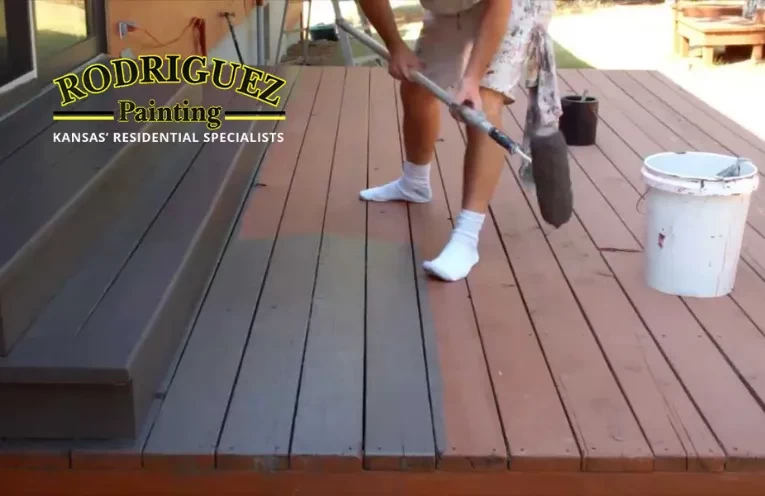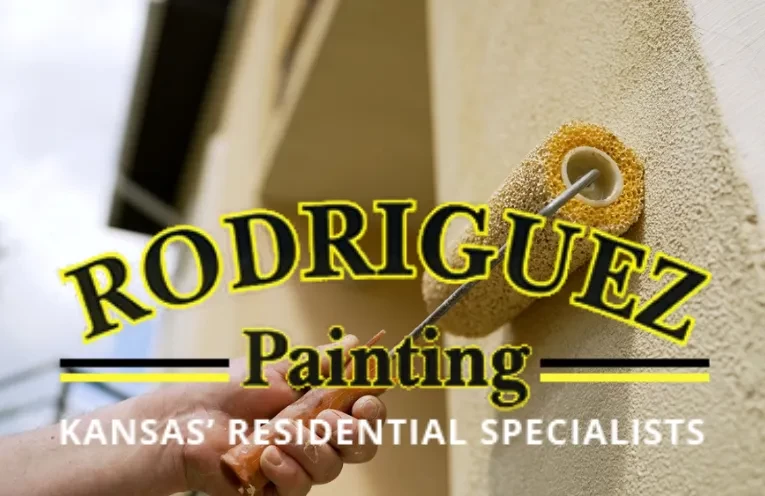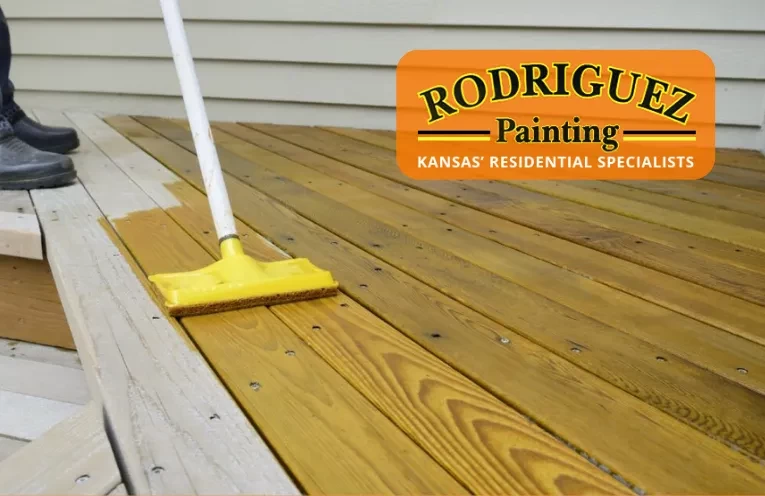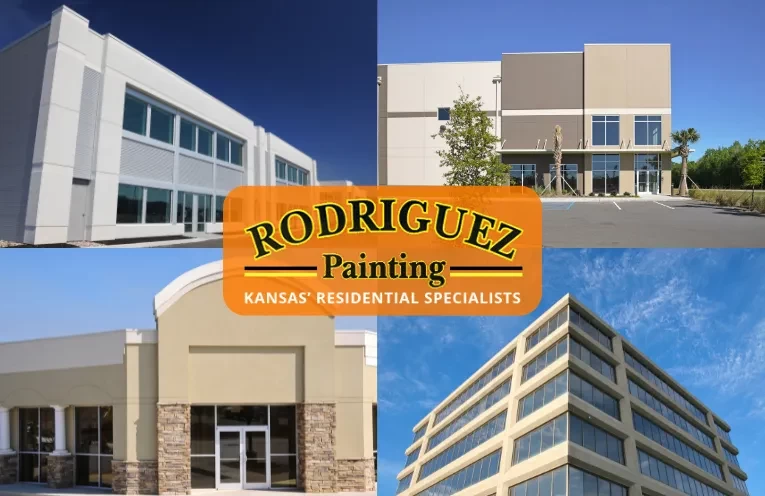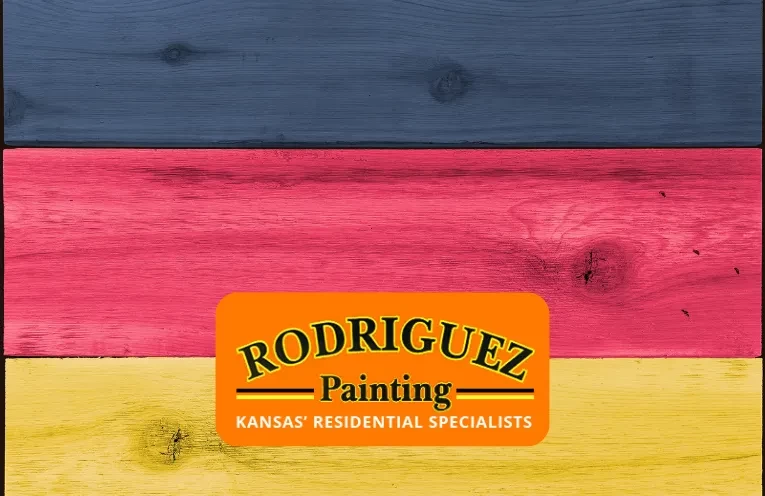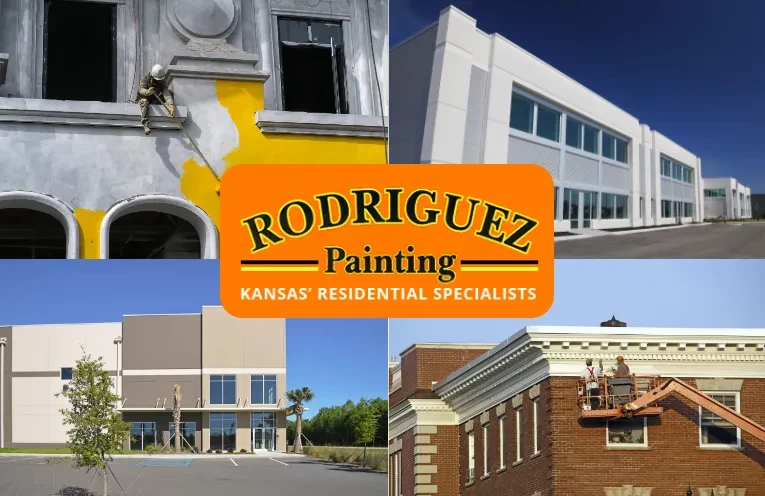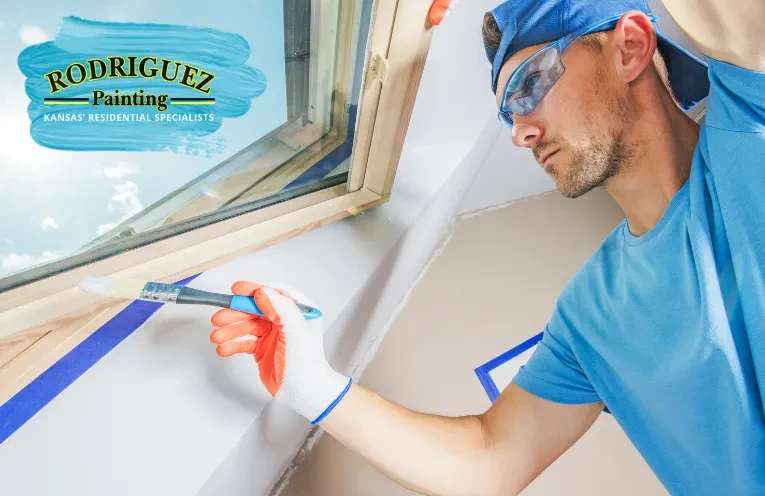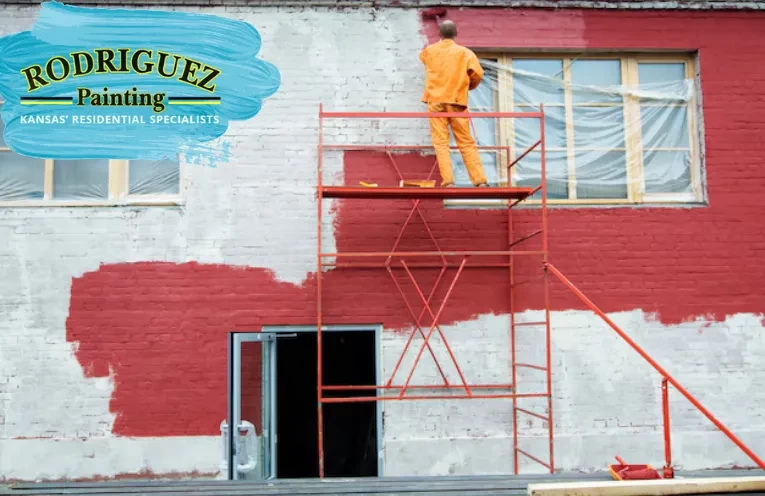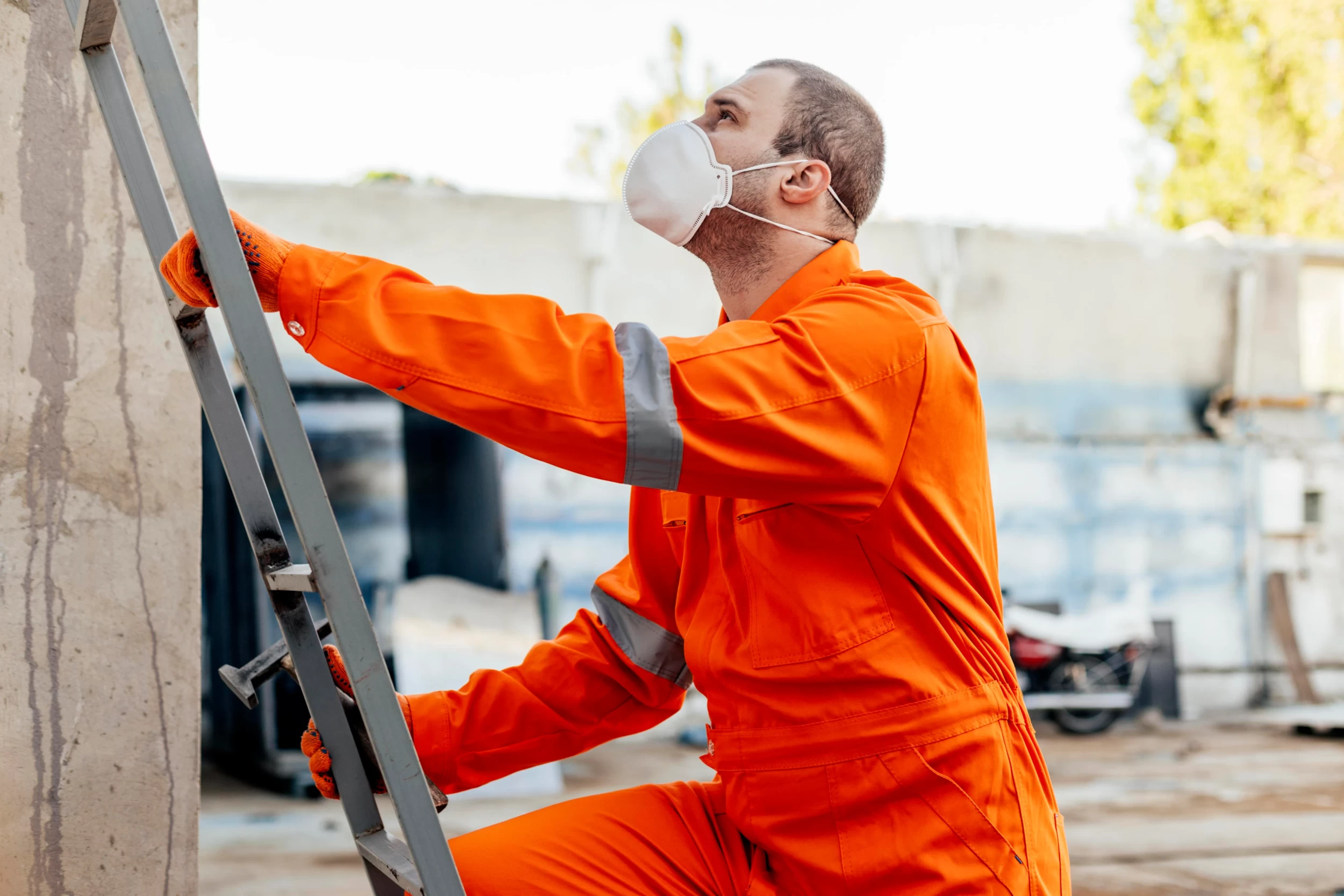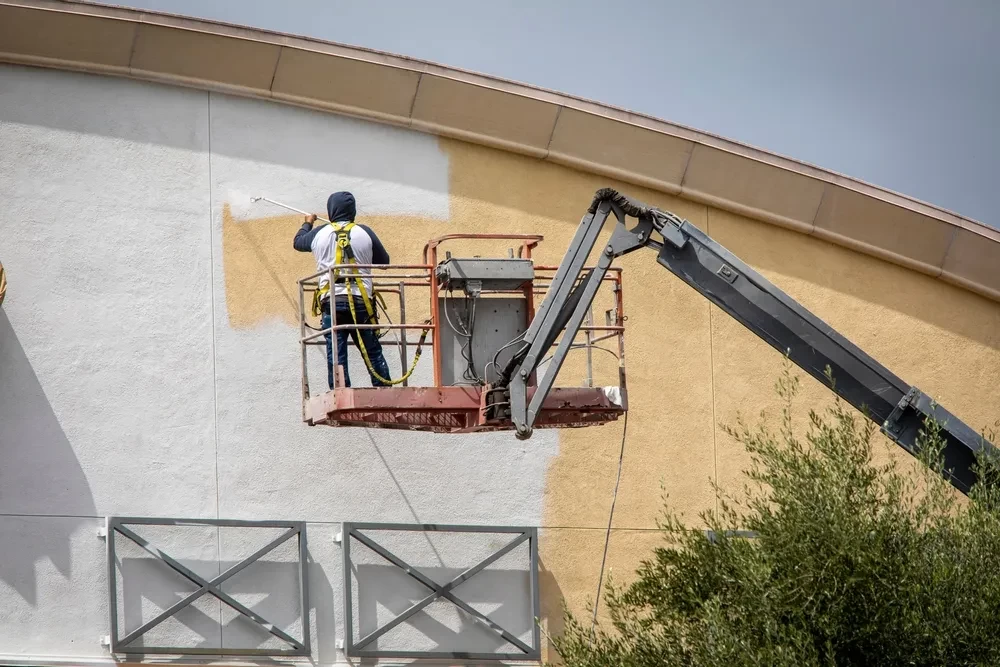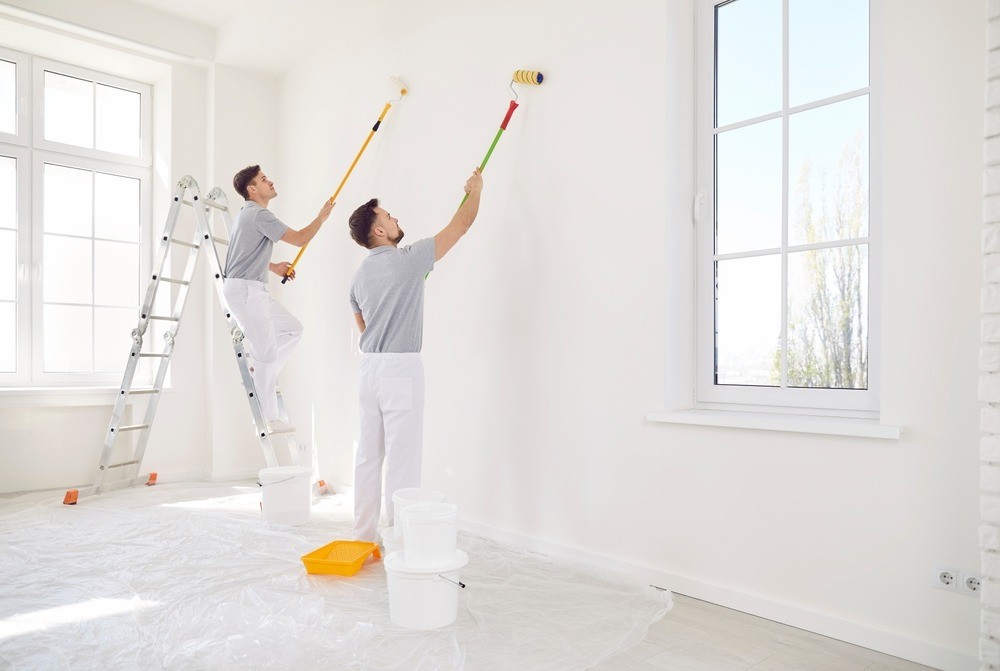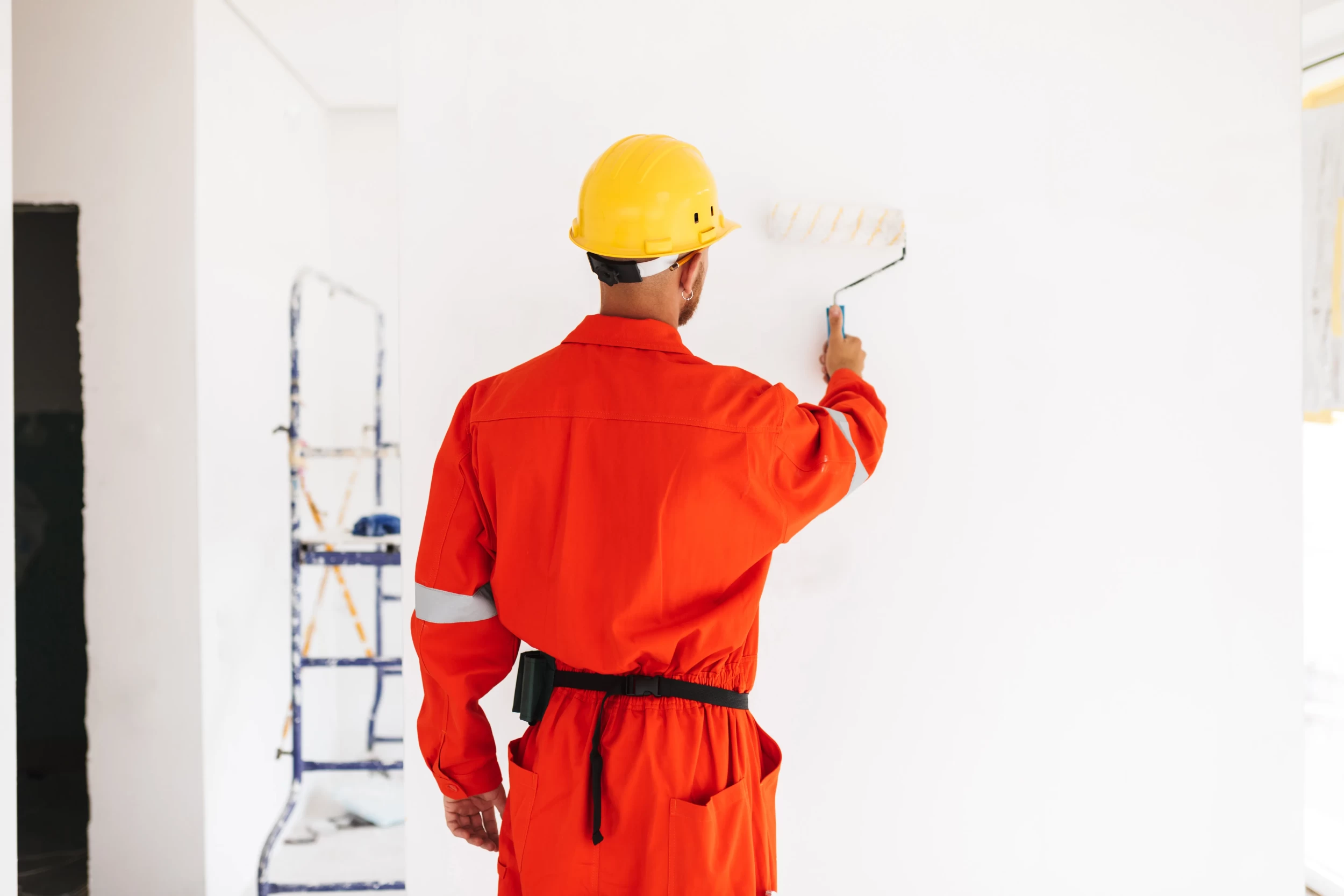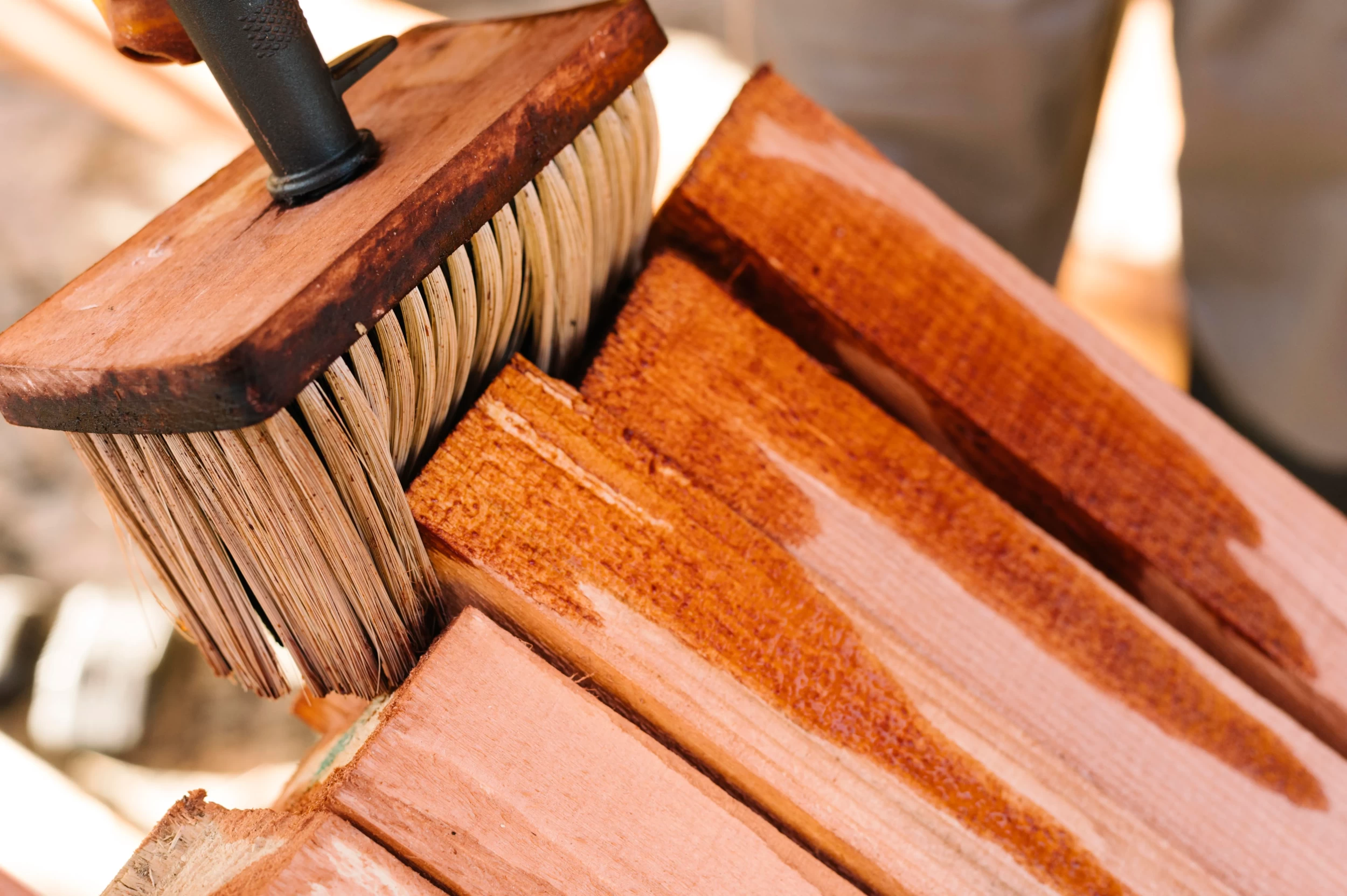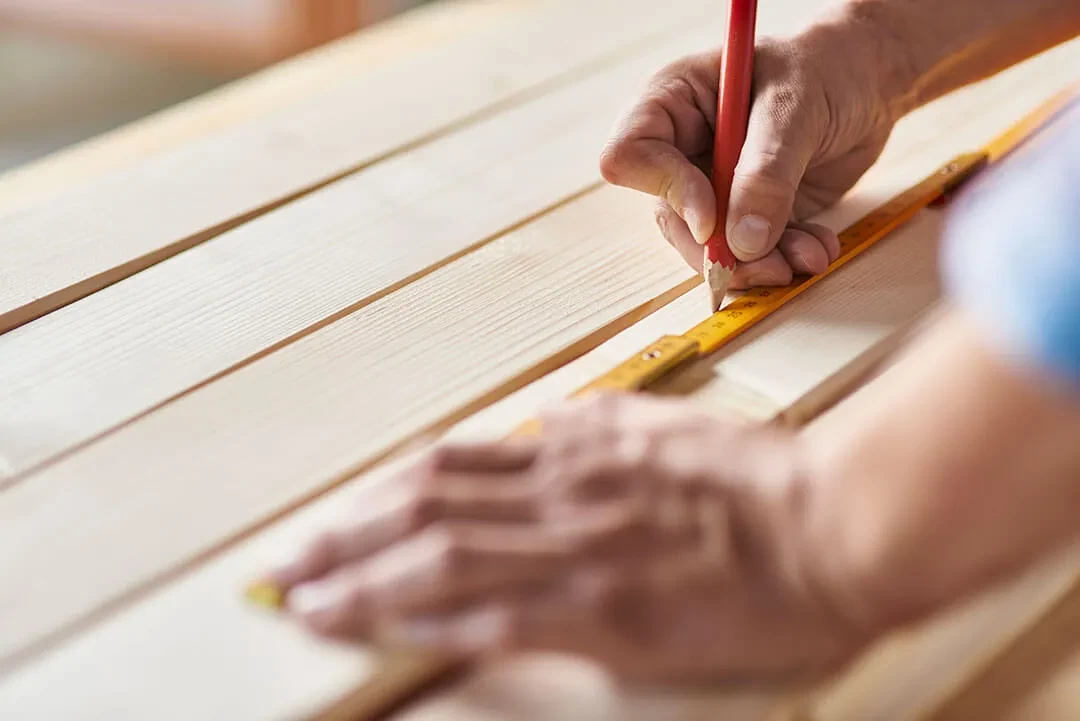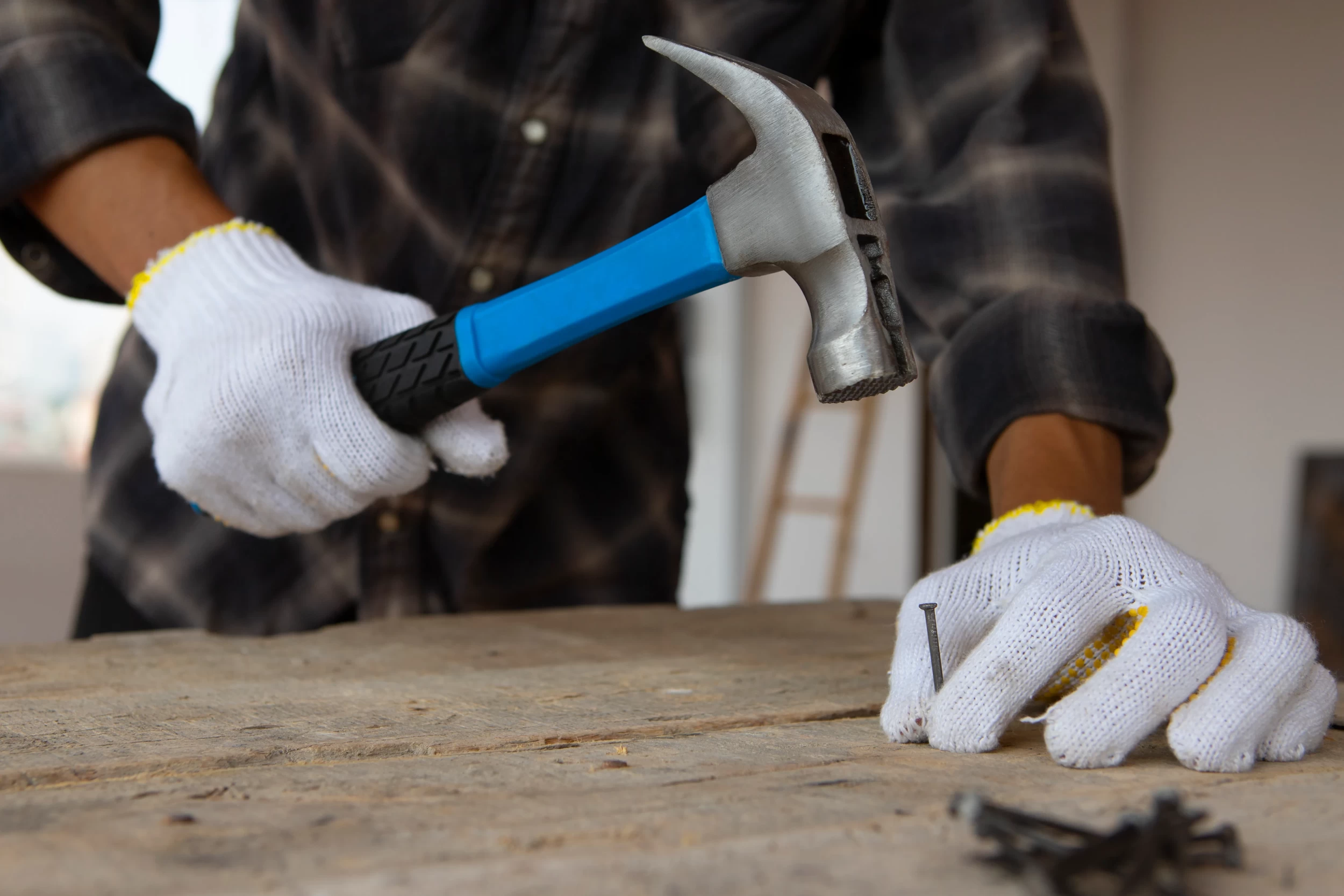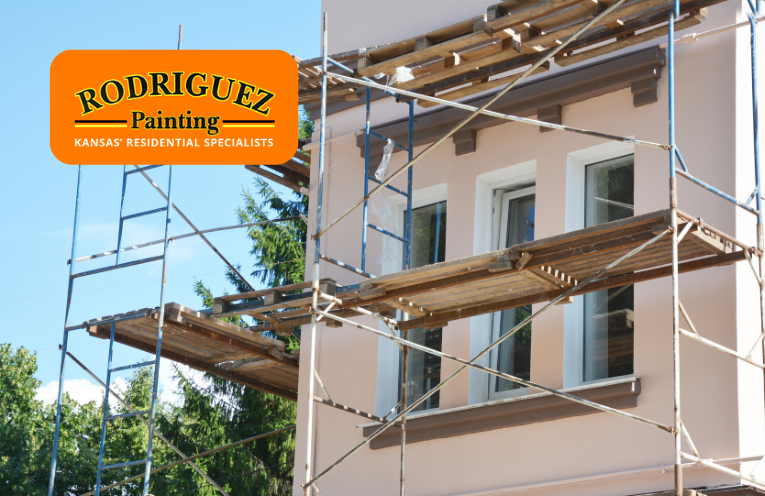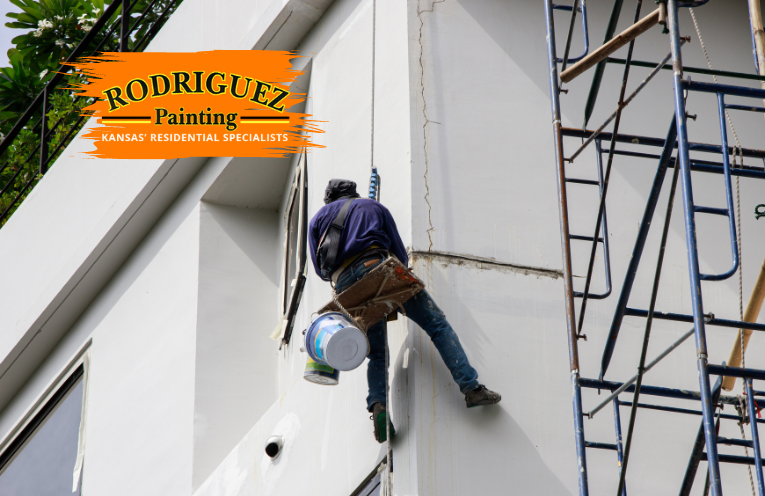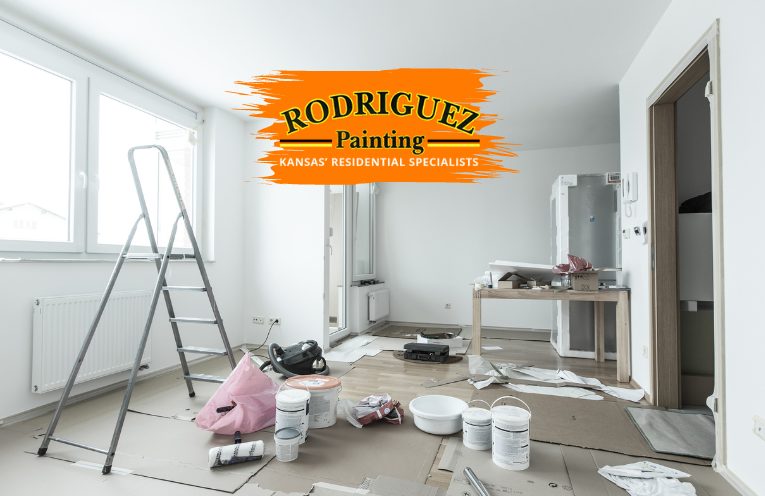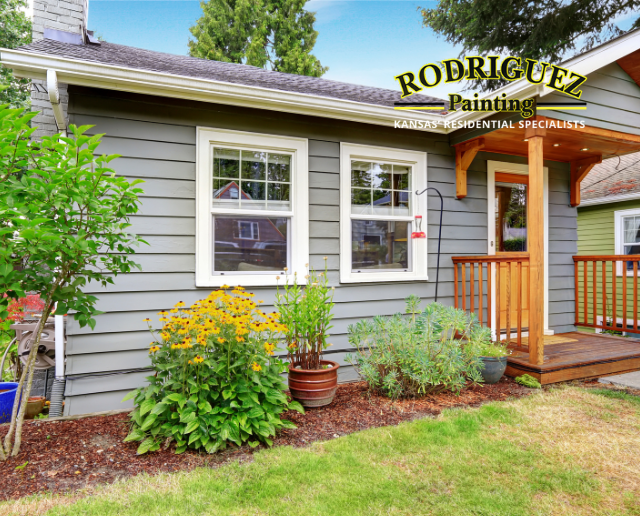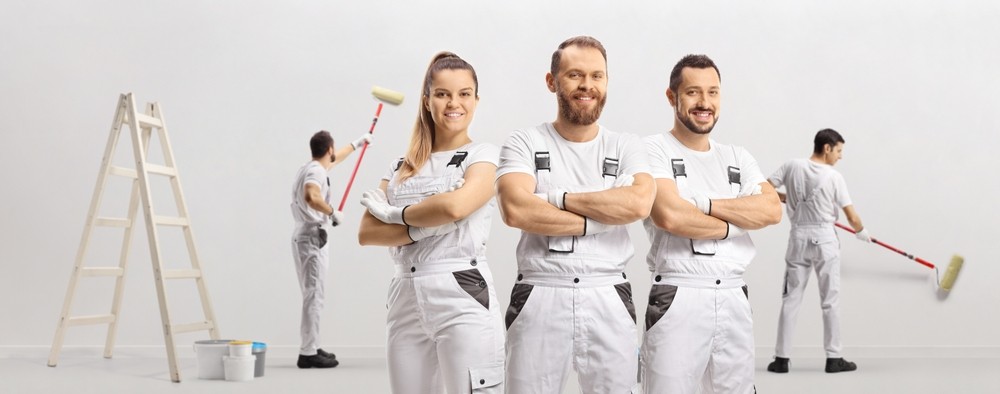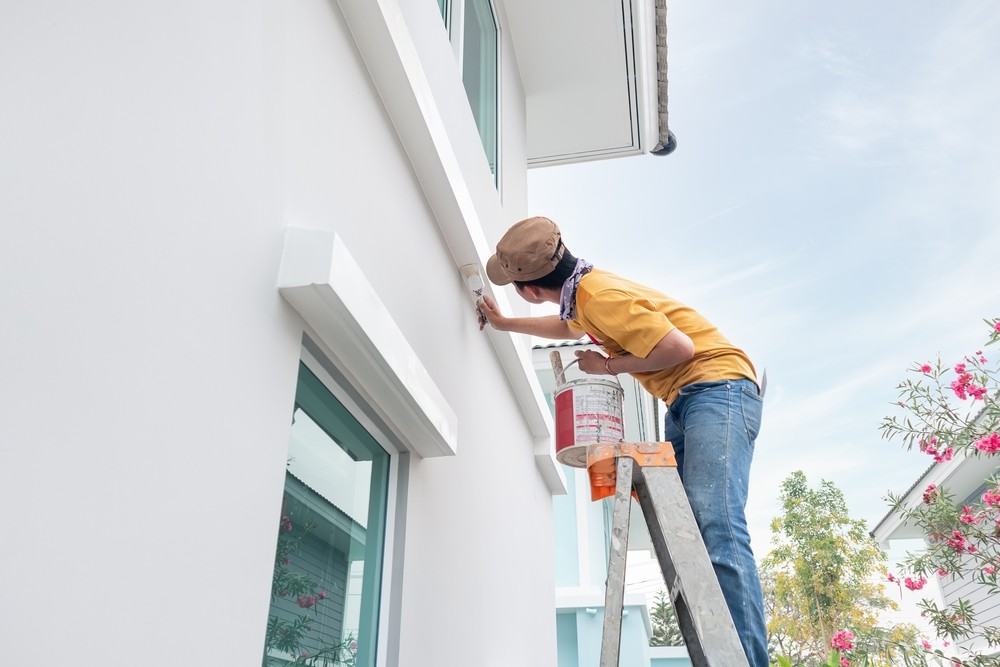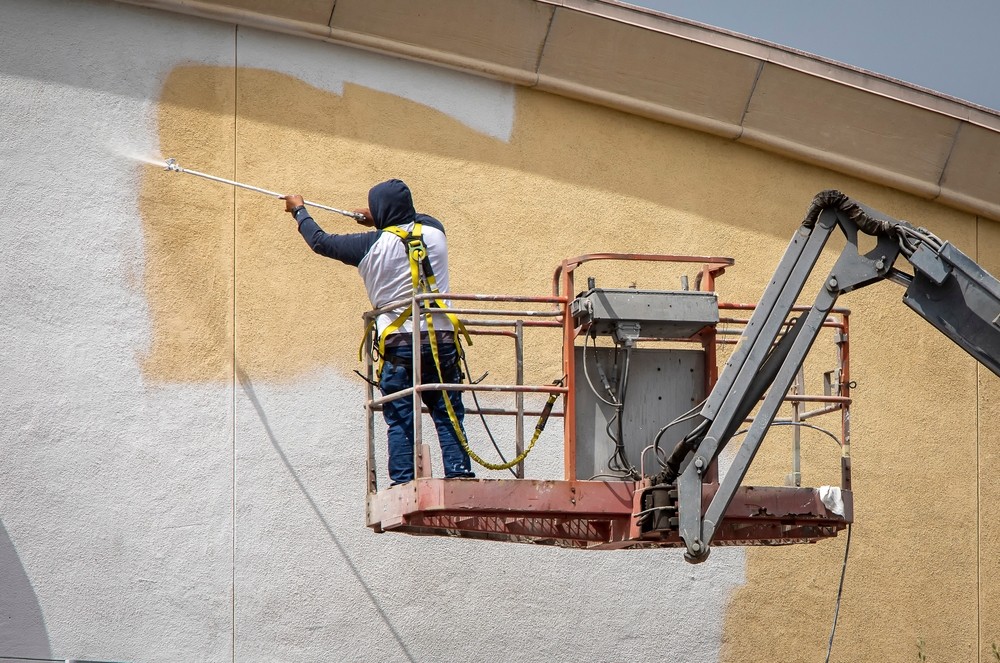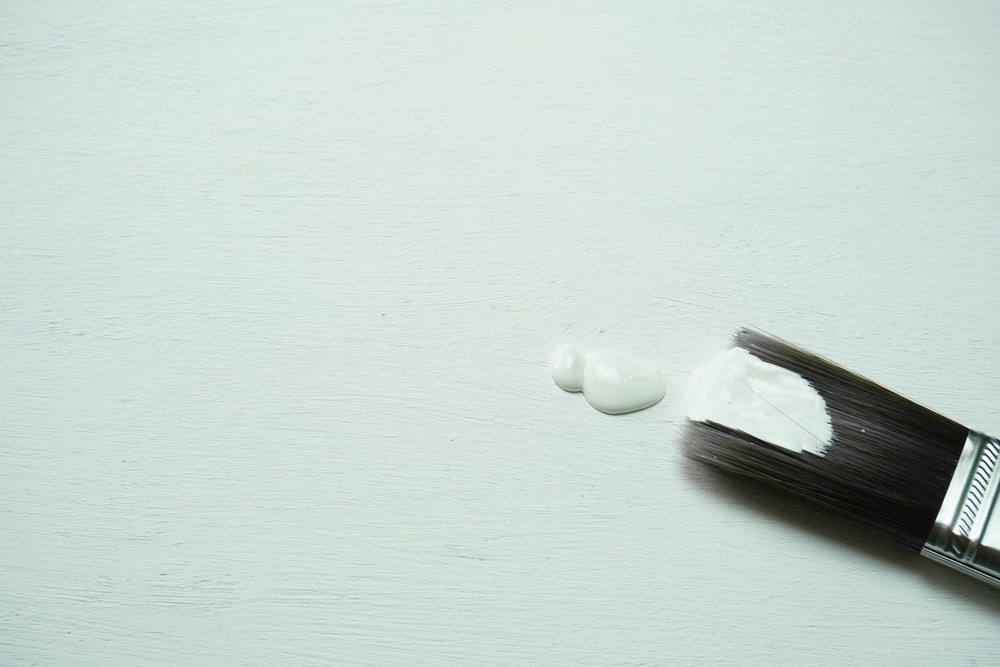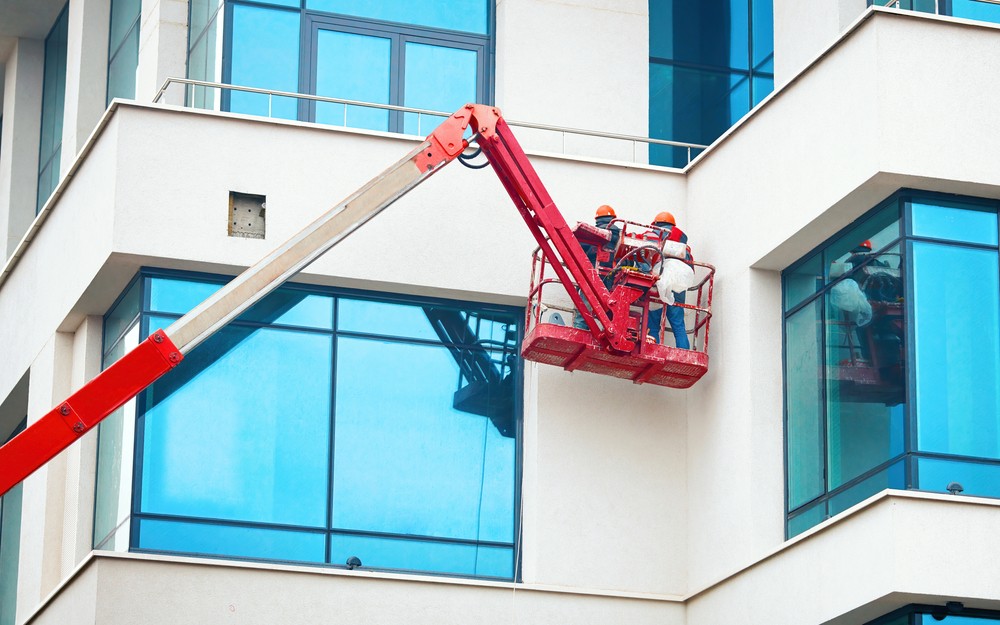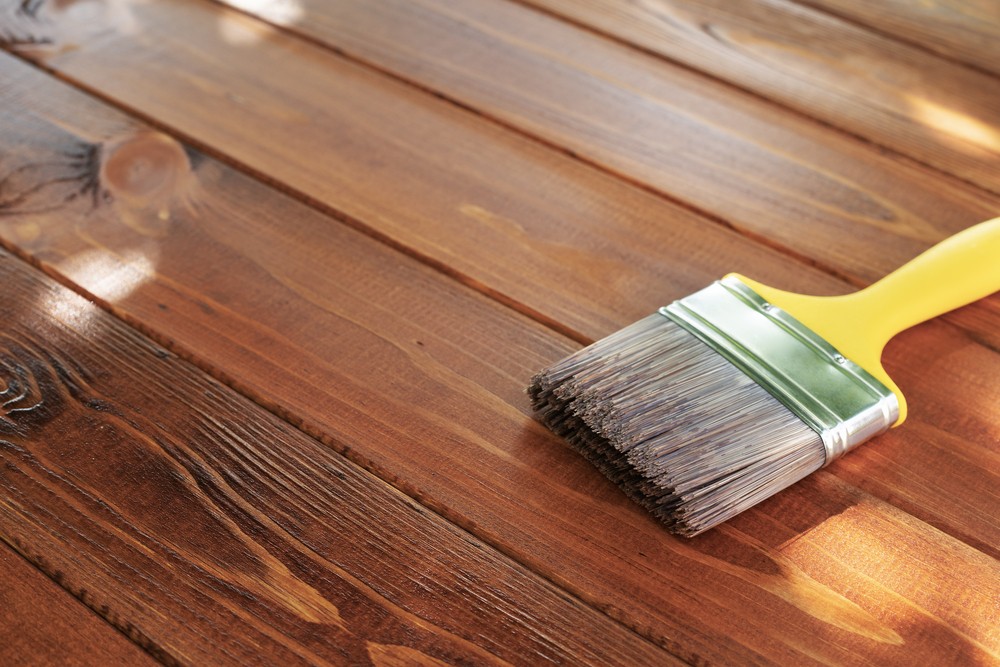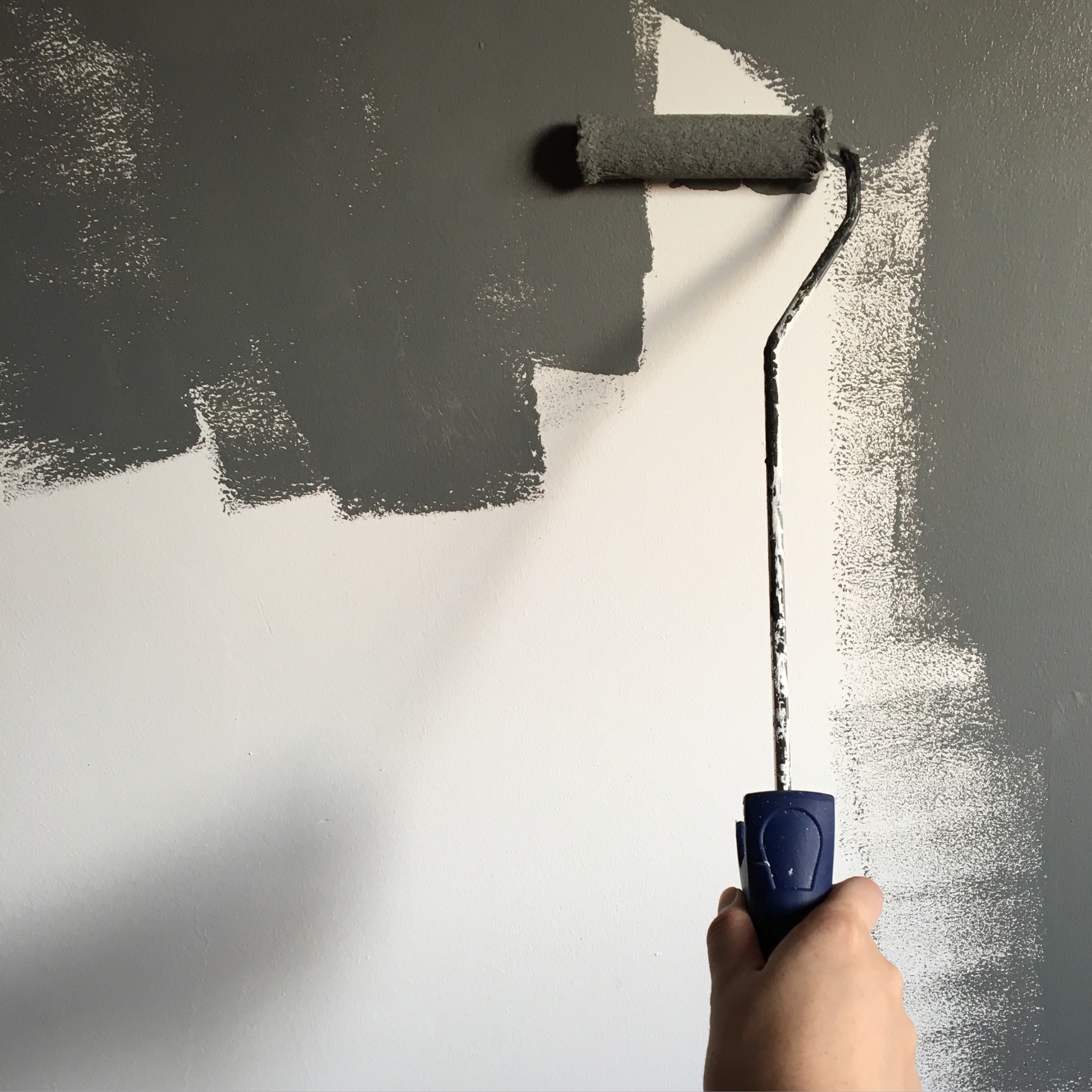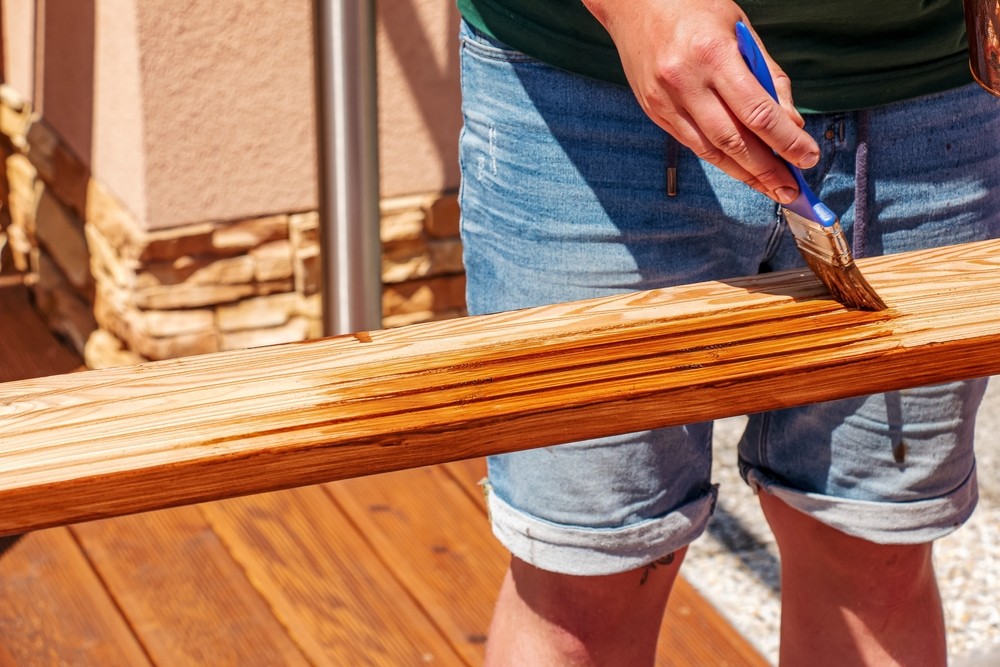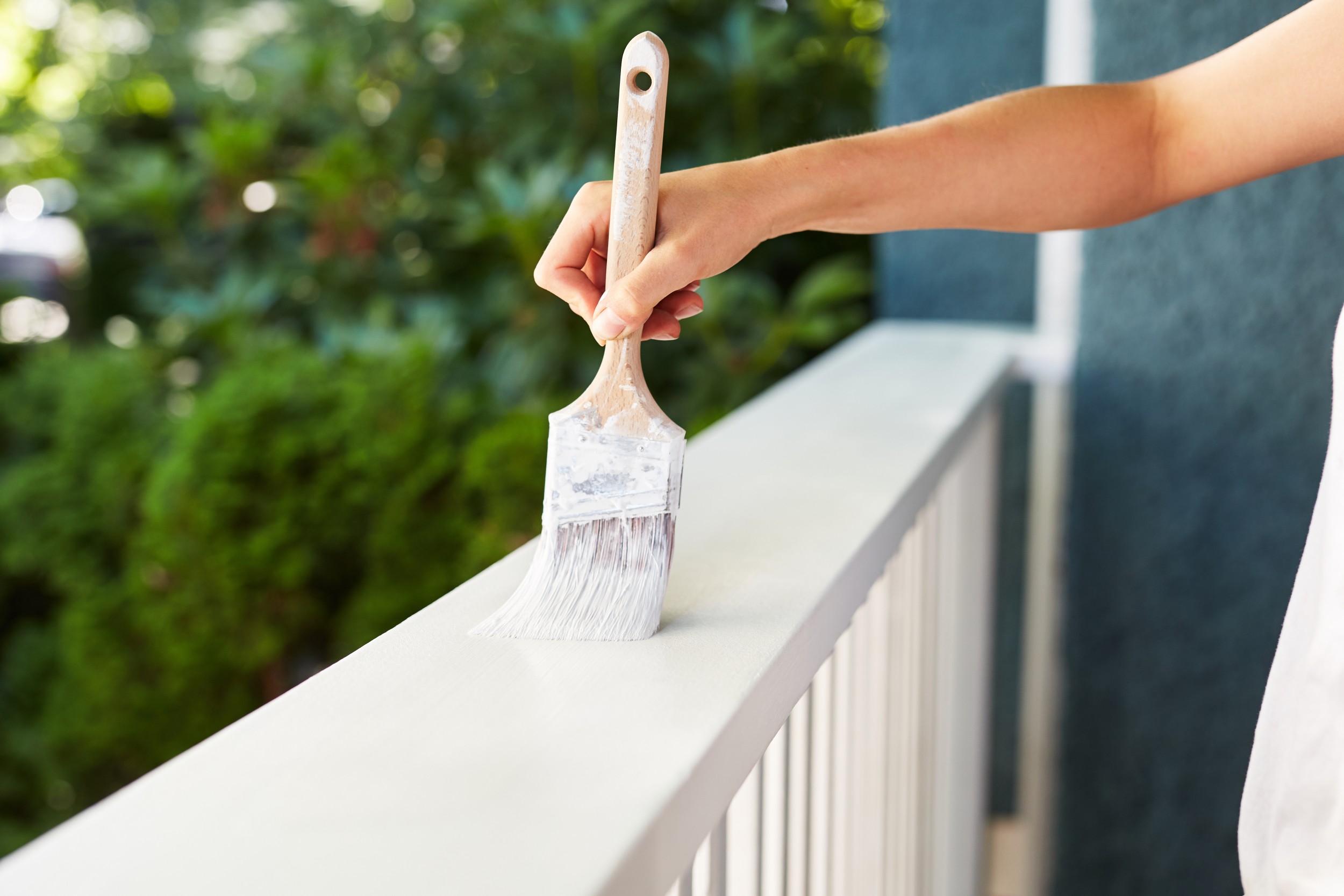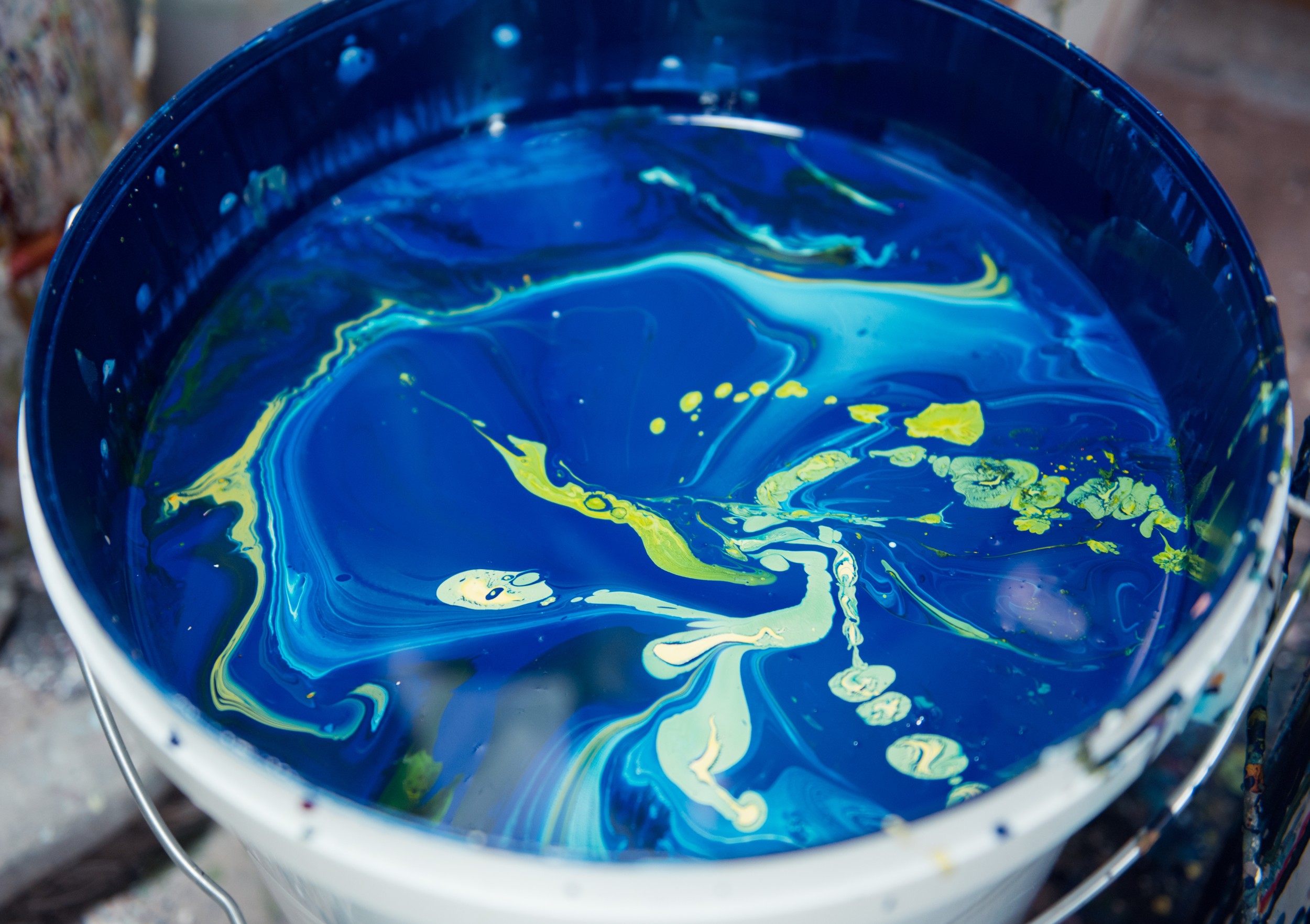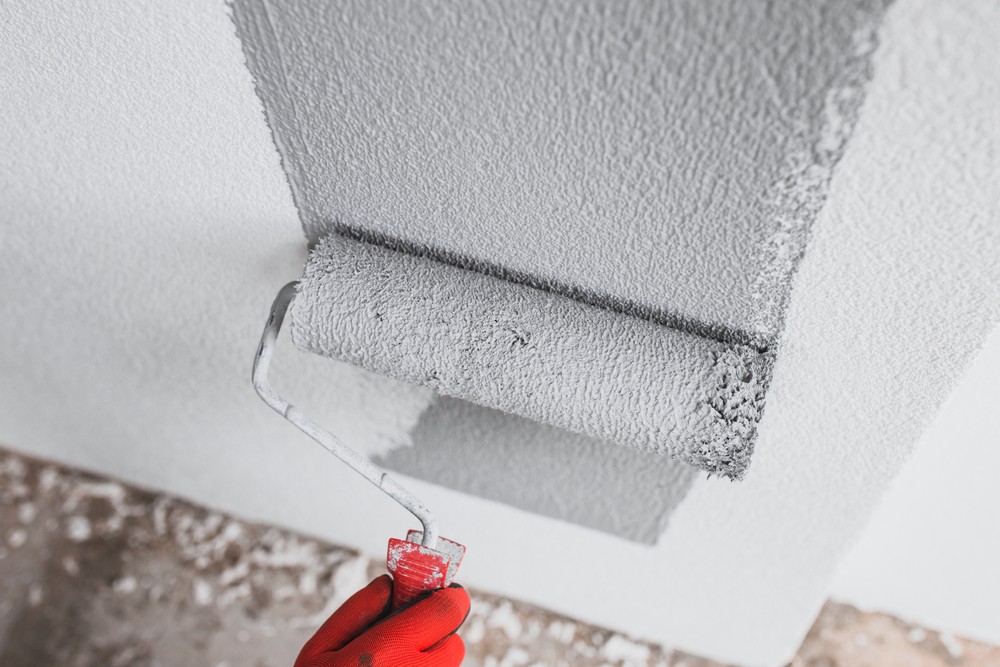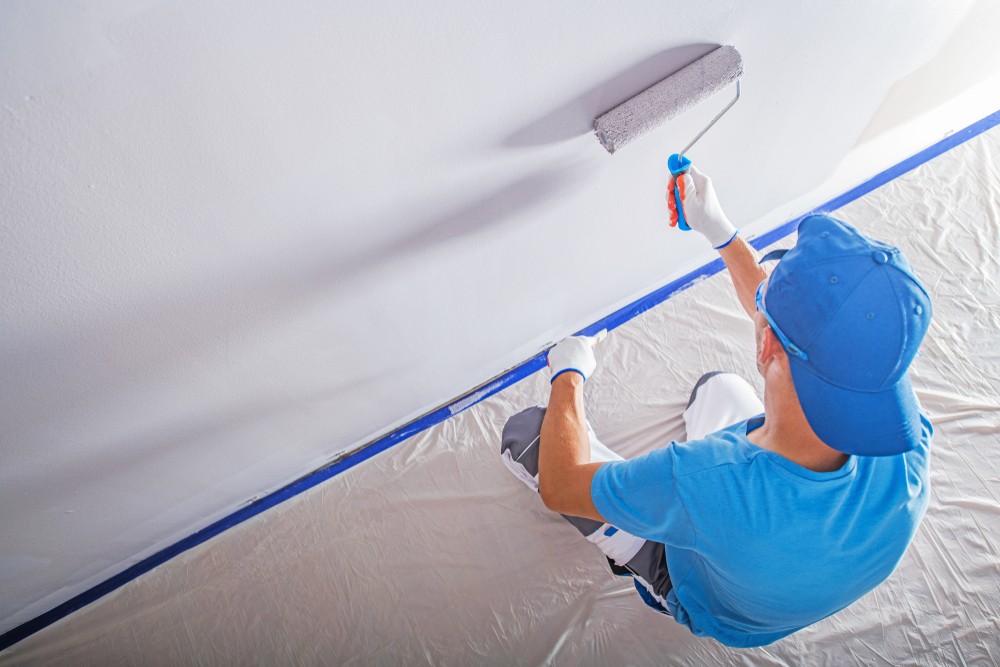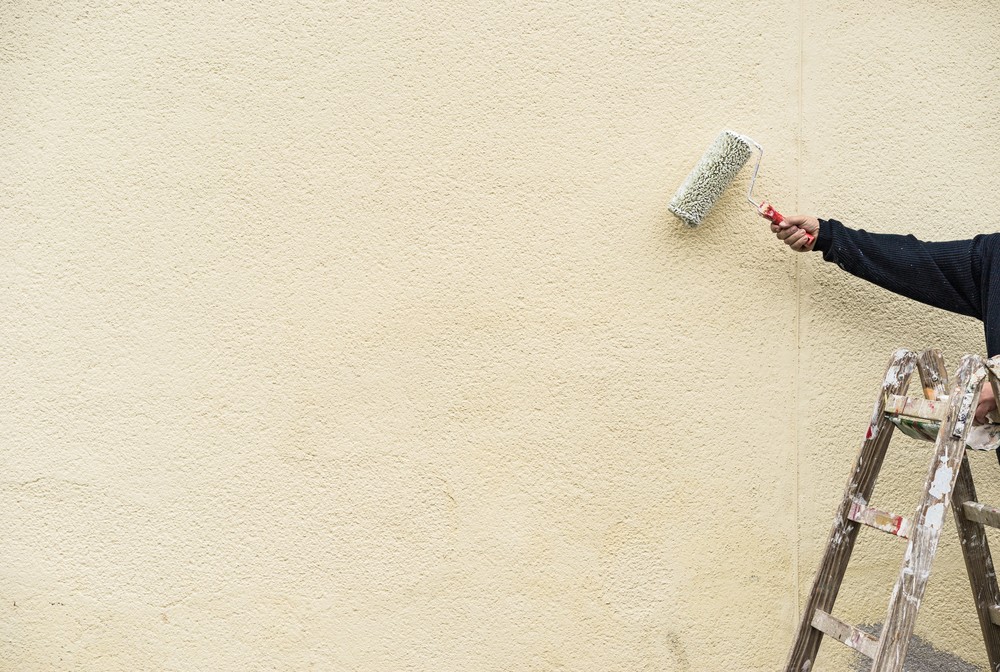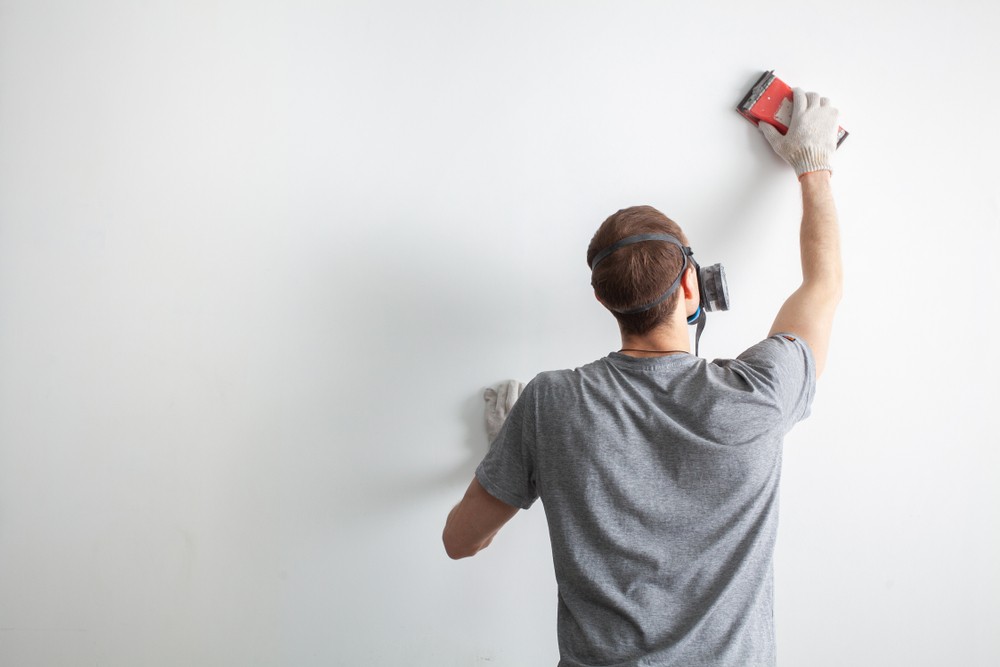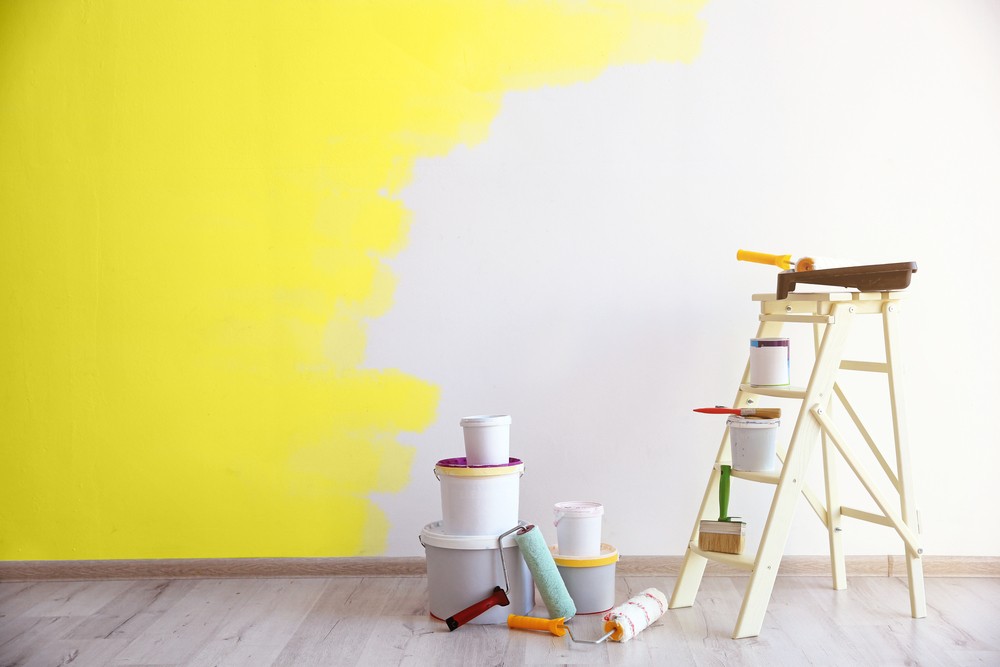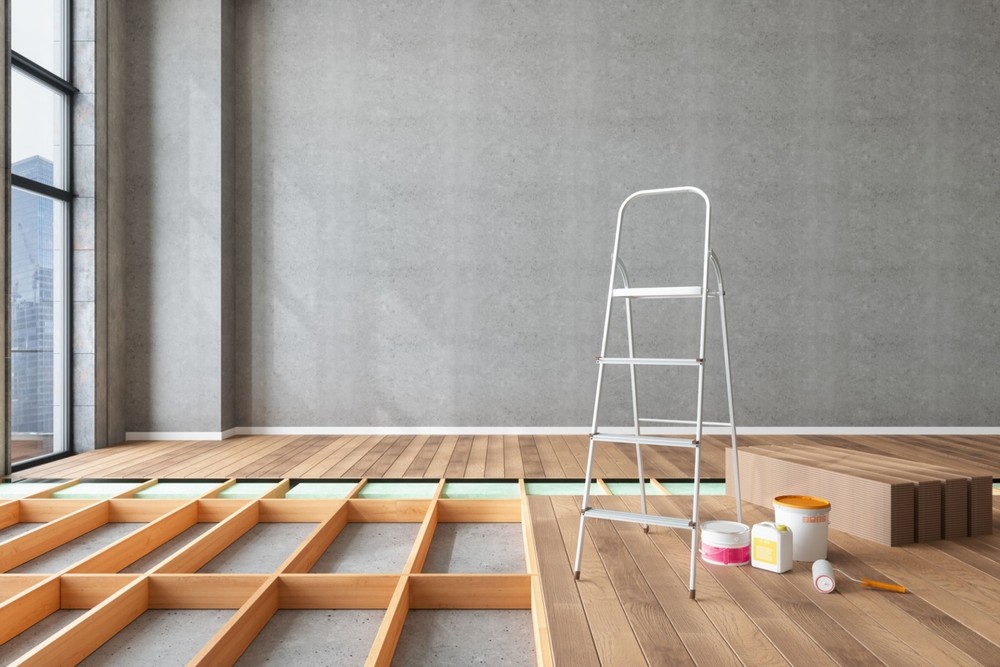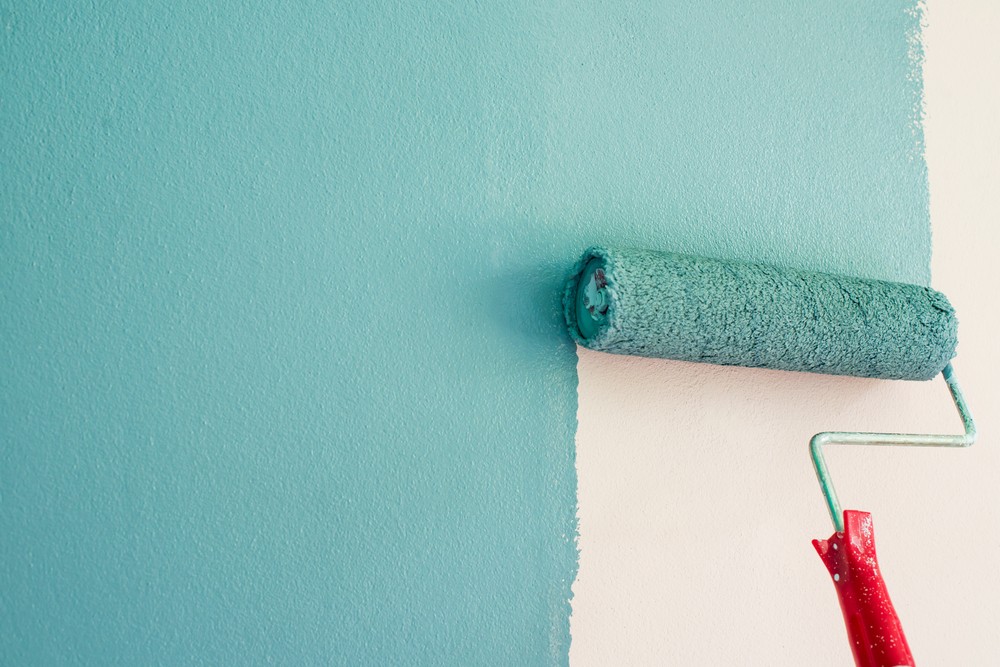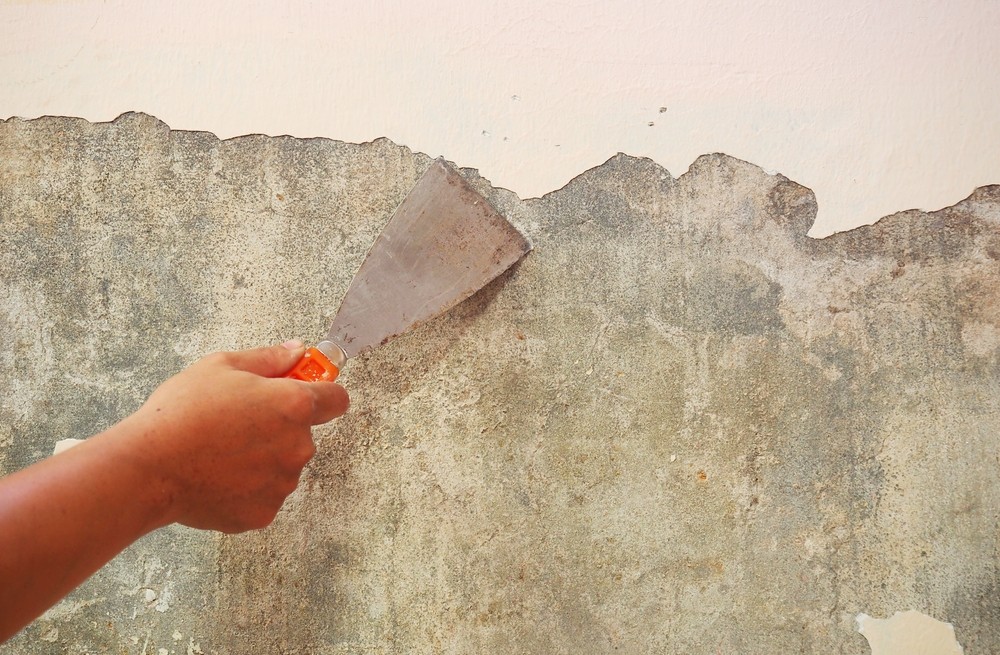
Proper surface preparation is essential for commercial painting projects to endure. Commercial painting projects require careful planning. Preparing the surface before painting improves adherence, smoothness, and durability.
This blog discusses commercial painting surface preparation methods and their benefits. These methods will ensure a quality and long-lasting paint project for your office building, retail space, or industrial complex.
Understanding the Importance of Surface Preparation:
Preparing the surface to be painted is critical because it results in a smooth, even surface. Priming is the process of washing, fixing, and painting a surface so that the paint will stick and last.
The paint will peel, fracture, and fail prematurely if this phase is skipped, resulting in expensive repairs and a less-than-desirable appearance.
Surface Preparation Methods of Commercial Painting
Cleaning the Surface:
Giving the surface a thorough cleanup before painting is important. Water, detergent, and scrub brush may remove dirt, dust, and oil. For larger areas, you may also use pressure cleaning. A cleaner surface improves the paint's ability to stick to a surface.
Repairing and Patching:
Look for flaws like cracks, holes, or damaged spots on the surface. Fill or patch the holes and cracks so they disappear. Sandpaper or a sanding block may smooth the patched areas and produce a uniform surface. If you consider these issues before painting, they won't get any worse.
Stripping Old Paint:
There must be no loose or peeling paint on the surface for the fresh coat to adhere properly. To soften and remove paint layers, paint strippers or heat guns may be utilized. After removing the previous paint, sanding the surface may create a smooth and consistent foundation.
Sanding and Smoothing:
Sanding is essential even if there's no peeling paint to get rid of. It helps produce a rough surface that improves paint adhesion. If there are any bumps or inconsistencies with the surface, sandpaper or a sanding machine may fix the problem. After sanding, remove any dust and debris from the surface.
Priming the Surface:
Priming is an essential part of surface preparation that frequently gets skipped over. Priming the surface before painting does more than improve paint adherence. It also seals the surface and protects it from stains and discoloration.
Please select the appropriate primer for the surface and apply it per the manufacturer's directions.
Masking and Protecting:
Before painting, protect the surrounding environment, fixtures, and furnishings. Protect walls, floors, and other surfaces from paint by covering them up. Painter's tape and drop clothing help keep lines straight and accurate while protecting surfaces from overspray.
Choosing the Right Paint:
It is just as vital to choose the right paint for your business project as it is to prepare the surface properly. Think about the surface material, where you want to put it (inside or outside), and what finish you want. Talk to an expert painter about what paint will work best for your needs.
Final Words:
Proper surface preparation is crucial for commercial painting projects to turn out well. According to the procedures, you can ensure your paintwork is long-lasting, attractive, and secure.
Before painting, prep the surface by cleaning, repairing, stripping existing paint if required, sanding, priming, and protecting the surrounding surroundings.
The professional polish that results from your investment of time and work into surface preparation can do wonders for the aesthetic appeal of your business.







